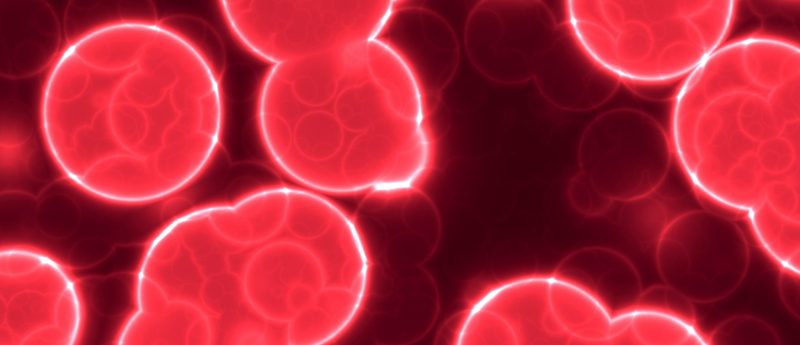Potency of hematopoietic stem cells increased with new inhibitor

A research team have drastically increased the potency of mouse hematopoietic stem cells by manipulating their metabolic activity.
For years, scientists have been attempting to generate more hematopoietic stem cells (HSCs) for clinical use. However, a research team from Mount Sinai (NY, USA) have taken a different approach and found a way to increase, by more than 90-fold, the potency of hematopoietic stem cells in bone marrow transplantations from mice, according to a study published in Cell Stem Cell.
Utilizing a lysosomal inhibitor, the researchers were able to increase the potency of the HSCs used in an in vivo mouse model. The study revealed that the inhibition of glycolysis enhanced quiescence and potency of the HSCs.
“Hematopoietic stem cells lose their stem cell potential once they’re cultured in a dish, which limits their ability to be easily propagated in the laboratory,” explained Saghi Ghaffari, Icahn School of Medicine at Mount Sinai (NY, USA).
The drug, which reduces lysosomal acidity and amino acid release in the cells, allowed researchers to shift the metabolic balance within the HSCs towards a more quiescent state. It has long been wondered whether the more quiescent HSCs are representative of the long-term repopulating cells that engraft after transplantation. By encouraging a quiescent state, the team believe more of the cells were able to retain the stem cell qualities that are often lost during culturing.
Previous attempts to increase HSC yield have often sought to force the stem cells to divide and increase their number, but the researchers from Mount Sinai have instead focused upon quality, ensuring that more of the cells exhibit their fullest potential and engraft in the new host. This new method may allow patients to receive fewer stem cells per treatment, enabling more patients to be treated overall.
“In order for these stem cells to maintain optimal potency, they shouldn’t be constantly dividing — putting them under metabolic stress that can alter their health and longevity. Instead, they should be in a dormant, or quiescent, state. But maintaining quiescence of blood stem cells outside of the body has been challenging. We discovered that lysosomes are key to the dormancy of these cells. We further learned that repressing lysosomal activity — rather than their stimulation — enhances stem cell quiescence and potency and may have therapeutic value,” continued Ghaffari.
“Our methodology is different from others in that it is based on quality rather than quantity,” stated Ghaffari. “By restraining lysosomal activity, we produce fewer blood-forming stem cells for bone marrow transplantation, but they work much better because we’ve preserved and enhanced their potency.”
HSCs normally reside within the bone marrow, within a mesenchymal stem cell niche, and are able to reproduce all of the cells within the hematopoietic lineage, including the erythroid, lymphoid and myeloid lineages. Unfortunately, radiation and chemotherapy can often see these lineages, and the HSCs, ablated. Treatment to restore the hematopoietic system often involves bone marrow transplant; however, finding immunogenic donors in ample quantity can be challenging.
Currently, the team are attempting to generate blood stem cells from cultured pluripotent stem cells and enhance the function of hematopoietic stem cells for bone marrow transplantation.
This work highlights the need for further studies to explore the involvement of lysosomes in stem cell quiescence and potency and the potential therapeutic applications.
Source: Liang R, Arif T, Kalmykova S et al. Restraining lysosomal activity preserves hematopoietic stem cell quiescence and potency. Cell Stem Cell. doi:10.1016/j.stem.2020.01.013 (2020) (Epub ahead of print);